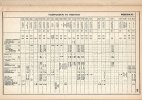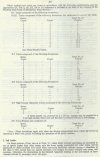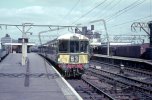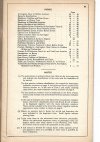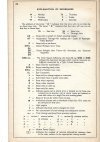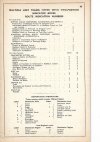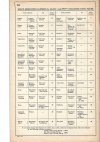Hi,
Well I've just got my second working timetable and I'm trying to make sense of the head code listed in it for one train:
3J46
I know J stands for it's destination area (Manchester North) as it's going to Bolton.
The 46 seems to be its ID number as the actual route codes only start at 50 in this WTT.
But what about the 3?
Now I would have thought this means it's a class 3 train - the WTT states it's an "ECS" (empty coaching stock train).
Looking at the list of classes on the Internet, class 3 should be a parcels or perishable goods train, but it's clearly not. Indeed it lists class 5 as empty carriage stock.
Is the 3 telling me it was a class 03 diesel shunter?
Second question, as the WTT gives a 4 character head code, it this telling me the engine was a diesel?
The WTT is from September 1963, London Midland Region and covers passenger trains (Todmorden to Preston & branches).
Help please!
Attached is a scan of the page that lists this train - look for "Padiham"
Thanks,
Andy.
Well I've just got my second working timetable and I'm trying to make sense of the head code listed in it for one train:
3J46
I know J stands for it's destination area (Manchester North) as it's going to Bolton.
The 46 seems to be its ID number as the actual route codes only start at 50 in this WTT.
But what about the 3?
Now I would have thought this means it's a class 3 train - the WTT states it's an "ECS" (empty coaching stock train).
Looking at the list of classes on the Internet, class 3 should be a parcels or perishable goods train, but it's clearly not. Indeed it lists class 5 as empty carriage stock.
Is the 3 telling me it was a class 03 diesel shunter?
Second question, as the WTT gives a 4 character head code, it this telling me the engine was a diesel?
The WTT is from September 1963, London Midland Region and covers passenger trains (Todmorden to Preston & branches).
Help please!
Attached is a scan of the page that lists this train - look for "Padiham"
Thanks,
Andy.
Attachments
Last edited:

